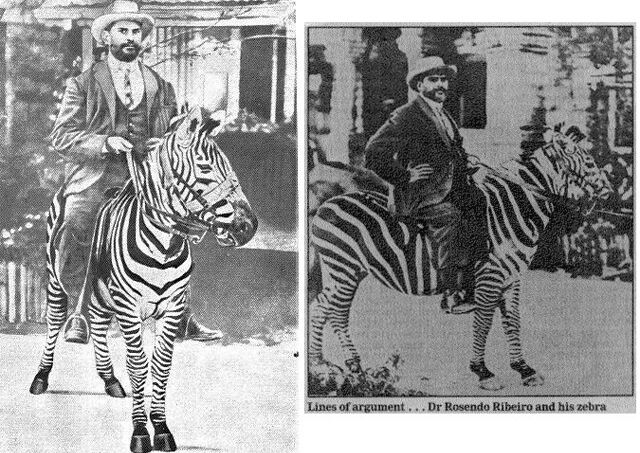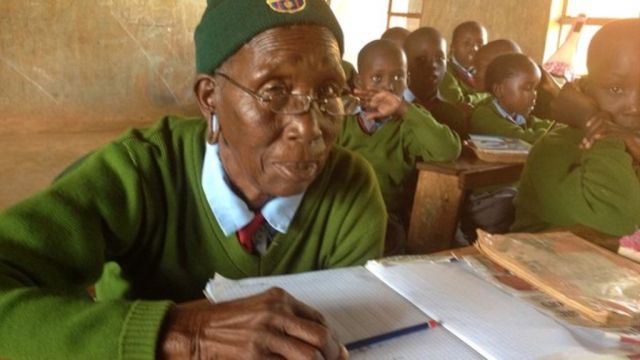
KENYA STORY
27-07-2021 by Freddie del Curatolo

The story we are telling you today happened in Kenya one hundred years ago.
A century before the pandemic that many now call the "plague of the third millennium", knowing full well (or maybe not, we are in the age that forgets everything with an App...) that the plague was something else.
Moreover, if for a Westerner one hundred years seems like a geological era ago, just imagine in Nairobi and its surroundings. At that time, the metropolis it is today, immersed in international business, exponential traffic, vertiginous social inequalities, was little more than a small village in the middle of the cold swamps between rivers and lakes, reclaimed by the British settlers just enough to reduce the lethal incidence of malaria.
The chieftains came dressed in traditional clothes, with painted faces and feathers to government offices to sign agreements, the maidens following their brave husbands rode in rickshaws dressed as in a Victorian theatre play, wild animals roamed freely but were just as freely hunted and killed.
But there were also those who bred them and tried to tame them.
This was the case of an Indian doctor of Portuguese origin, one of those who had arrived with his parents from the former protectorate of Goa, once a British colony.
Rosendo Ayres Ribeiro had grown up with animals, and although he had studied medicine at a college in India, in 1900 he chose to move to the place he had visited as a boy and fallen in love with.
Dr Ribeiro was certainly no ordinary person.
He went to his patients riding a zebra that he had grown like a horse and harnessed and saddled every morning. Even in times of adventurers, 'wild boys' and diverse humanity of many backgrounds, a well-dressed man with a hat and briefcase riding a zebra did not go unnoticed.
Apart from his eccentricity, Ribeiro was known as one of Nairobi's best doctors and his popularity soared when he first identified a strange, contagious death in the centre of the city, around the small Indian bazaar.
It was bubonic plague and only he, who had come into contact with similar cases in India, could have identified it, while the Queen's solons hypothesised who knows what virus from the Dark Continent.
It was the commercial growth of Nairobi and the arrival of people of all races from Europe, Asia and other African countries, as well as the increase in rubbish, that had created the conditions for the presence of rats and other rodents capable of transmitting diseases to humans.
The death of an Indian shopkeeper was followed by another 20 cases in the same city neighbourhood and Dr Ribeiro, after visiting the first Africans to experience similar symptoms, two Somalis, called an extraordinary meeting with the leadership of the British Protectorate. The only solution to eradicate the disease would be to burn down the entire market area.
And so it was. The man riding a zebra witnessed the burning of downtown Nairobi and could not prevent his own doctor's office from going up in flames, but he managed to save Kenya from an epidemic that, considering the newly inaugurated railway and the nomadic nature of the people who moved around for business, livestock fairs and trying to make ends meet, could have caused far more than the 75 million that the 'black death' caused in Europe in 1400.
From then on, Ribeiro was not just the 'mad doctor' who came to see patients by tying his black and white striped horse to a pillar, but the saviour of Nairobi.
He was rewarded for this by the British Empire and became an eminence. Due to his Goan origins, the Portuguese government appointed him as Lusitanian consul in Kenya in 1914.
Rosendo Ribeiro died in Nairobi in 1951 at the age of 80 and was buried in City Park Cemetery.
It is said that in the early years after his burial, a herd of zebras would occasionally appear near his grave.
MALINDI
by redazione

Among the baobab and the tip of Vasco Da Gama, topped by the huge stone monument erected in honor of the Lusitanian navigator, he survives the story of the first European Malindi.
A story that these days the Museum of...

A good read, about past times and those who dream of reviving them, until reaching the origin of those ancient tales narrated here. It's the Kenya of «Lord of the prairie», the latest book by the spanish writer Javier Yanes.
DOCUMENTARY
by redazione

The filming of the documentary film "Italian in Kenya" has ended. It's a short feature commissioned by the Italian Foreign Ministry, through the Italian Institute of Culture in Nairobi, as part of the week of Italian language in the world.
CEREMONY
by Freddie del Curatolo

Now Angelo is forever in the land that he loved and of which he recounted the events, the...
BOOKS AND STORIES
by Freddie del Curatolo

"Life goes on, and with it the tenacity of the reporter. And that is why I wanted to remember...
NEWS
by redazione

It was December 17, 1969, when Mzee Jomo Kenyatta, president of Kenya for six years, inaugurated...
SHOWS
by Leni Frau

Second full Thursday for Freddie and Sbringo's show focused on stories of men and ...

I lost Kenya, and with it I may have lost my innocence and, as Renato Zero sings, the "best years...
STORIES
by Freddie del Curatolo

This year she will be ninety-eight years old and only the pandemic has made her lose a school...